Ancient marble columns, Mediterranean sunshine, and layers of history stretching back millennia – both Athens and Rome offer travelers an intoxicating blend of past and present. These foundational cities of Western civilization continue to captivate modern visitors seeking connections to our collective heritage.
Here is a list of 15 key differences between these iconic destinations to help you decide which ancient capital deserves your travel dollars.
Historical Timeline
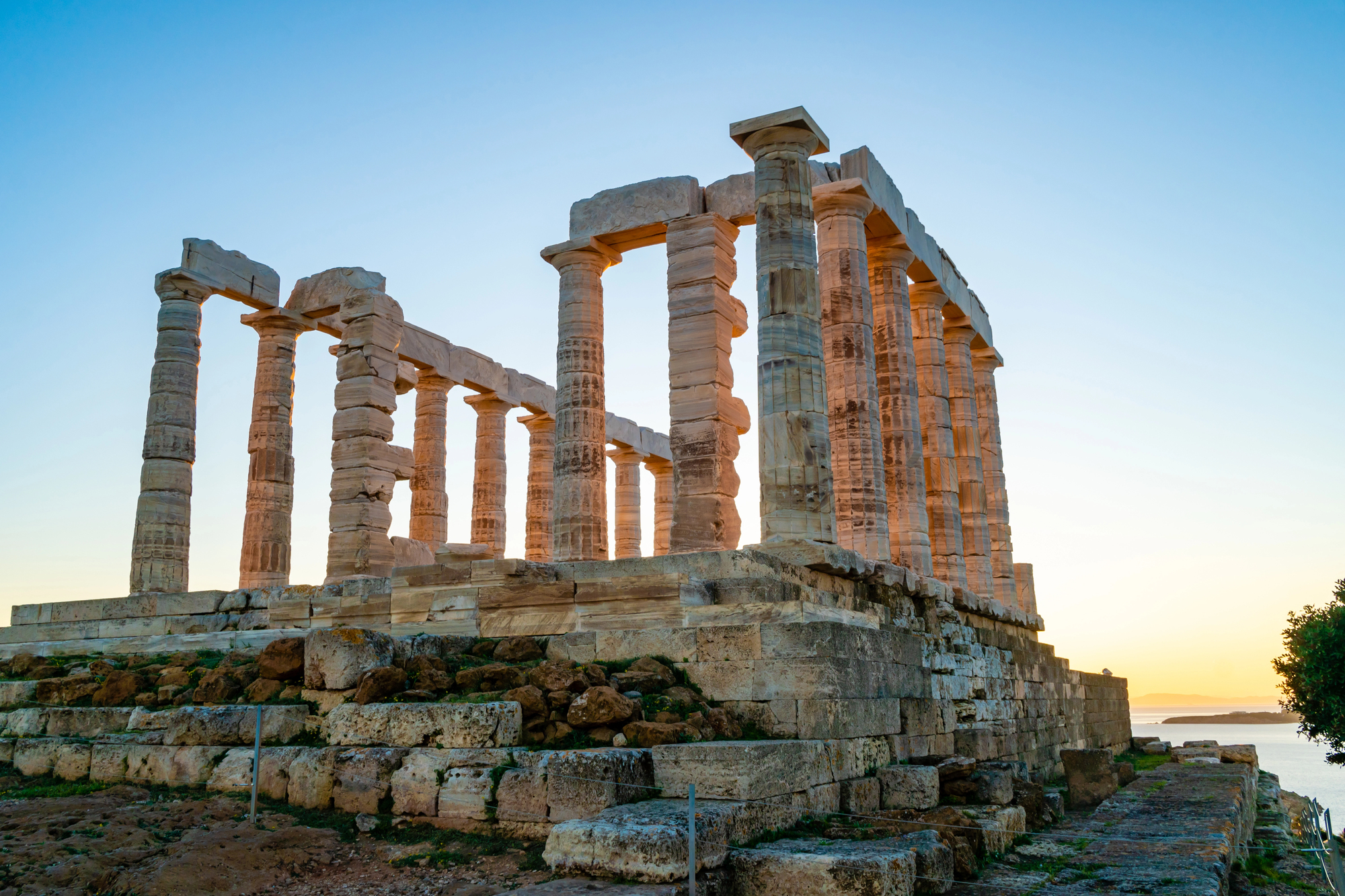
Athens reached its golden age during the 5th century BCE when democracy, philosophy, and the arts flourished under Pericles. The city’s most iconic structures, like the Parthenon, date from this classical period, creating a concentrated historical experience.
Rome’s empire peaked centuries later, spanning roughly 27 BCE to 395 CE, with monuments reflecting multiple evolutionary stages from republic to empire to Christian capital.
Walkability
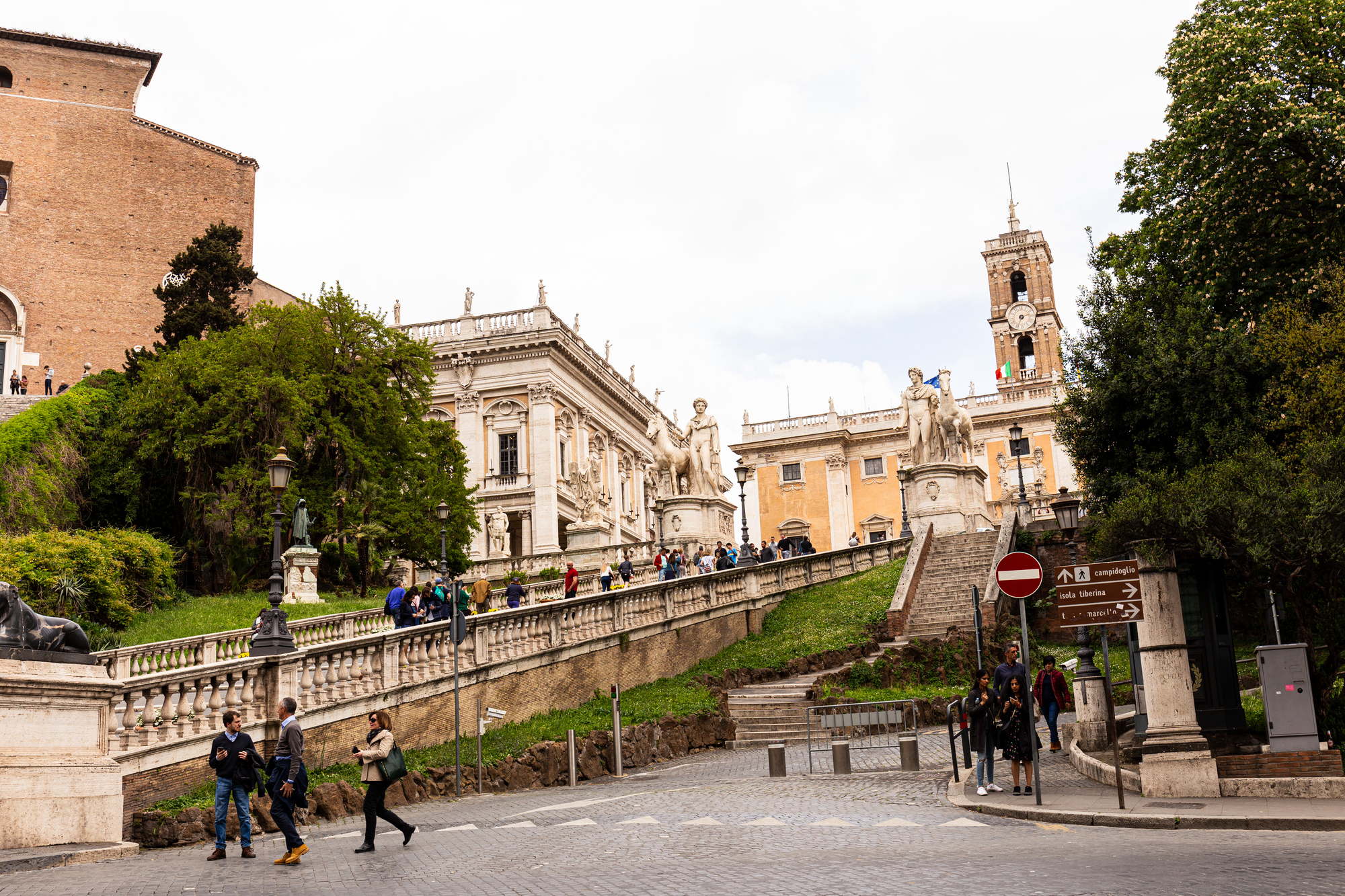
Athens concentrates most major historical sites within the compact archaeological park surrounding the Acropolis. The pedestrianized Dionysiou Areopagitou street connects these ancient treasures, allowing visitors to cover the highlights in a single ambitious day.
Rome spreads its ancient wonders across a much larger area, requiring strategic planning and public transportation to efficiently visit the Colosseum, Forum, Pantheon, and Vatican without exhausting yourself.
Food Culture
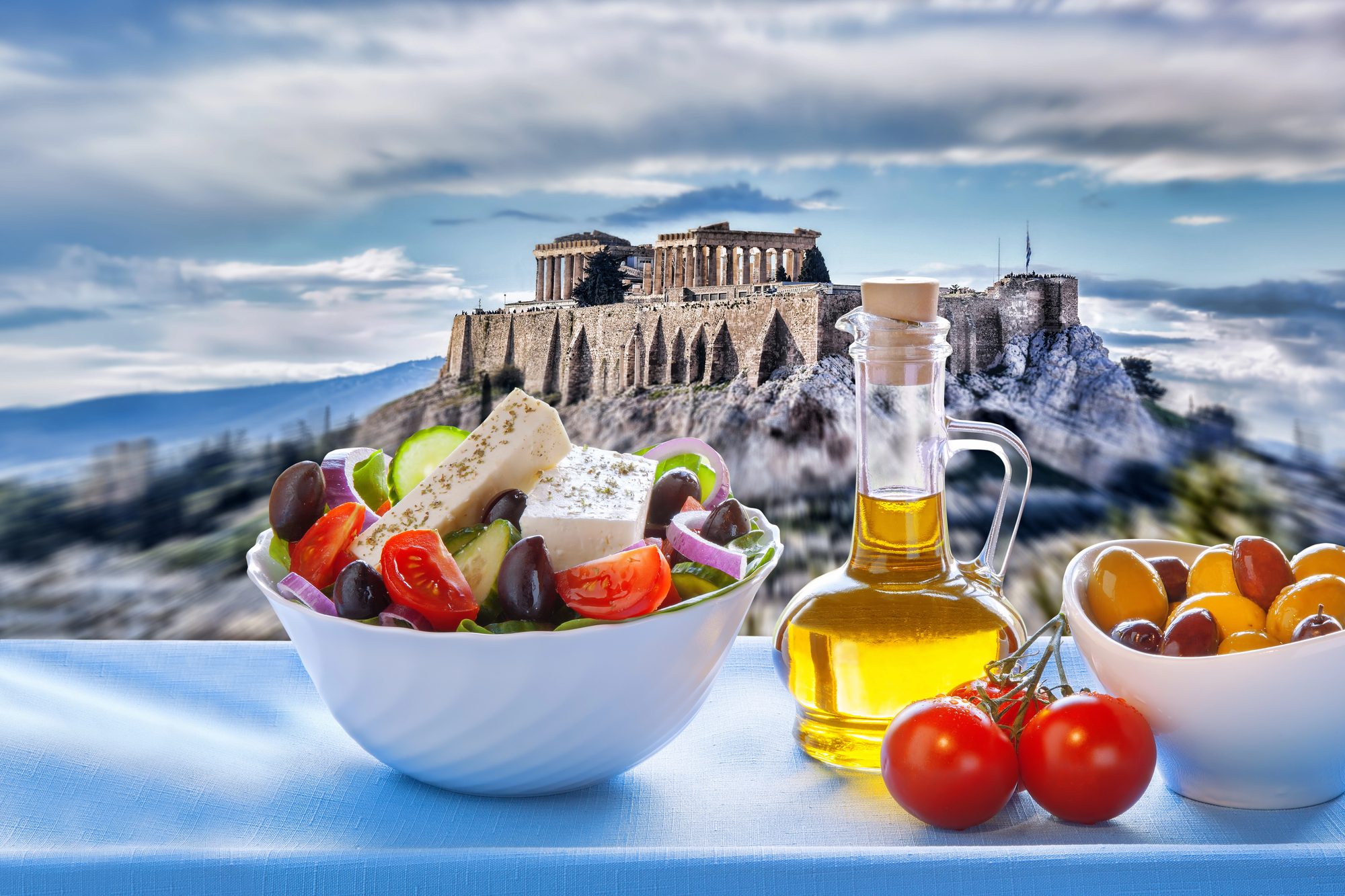
Athens embraces a more casual dining approach centered around mezze – small shared plates featuring fresh seafood, grilled meats, and vegetable dishes doused in olive oil. The taverna culture encourages lingering over ouzo or local wine while nibbling feta-topped delicacies.
Roman cuisine focuses on perfectly executed simplicity using seasonal ingredients, with trattorias serving iconic dishes like carbonara, cacio e pepe, and supplì that elevate basic components through precise technique.
Like Travel Pug’s content? Follow us on MSN.
Coastal Access
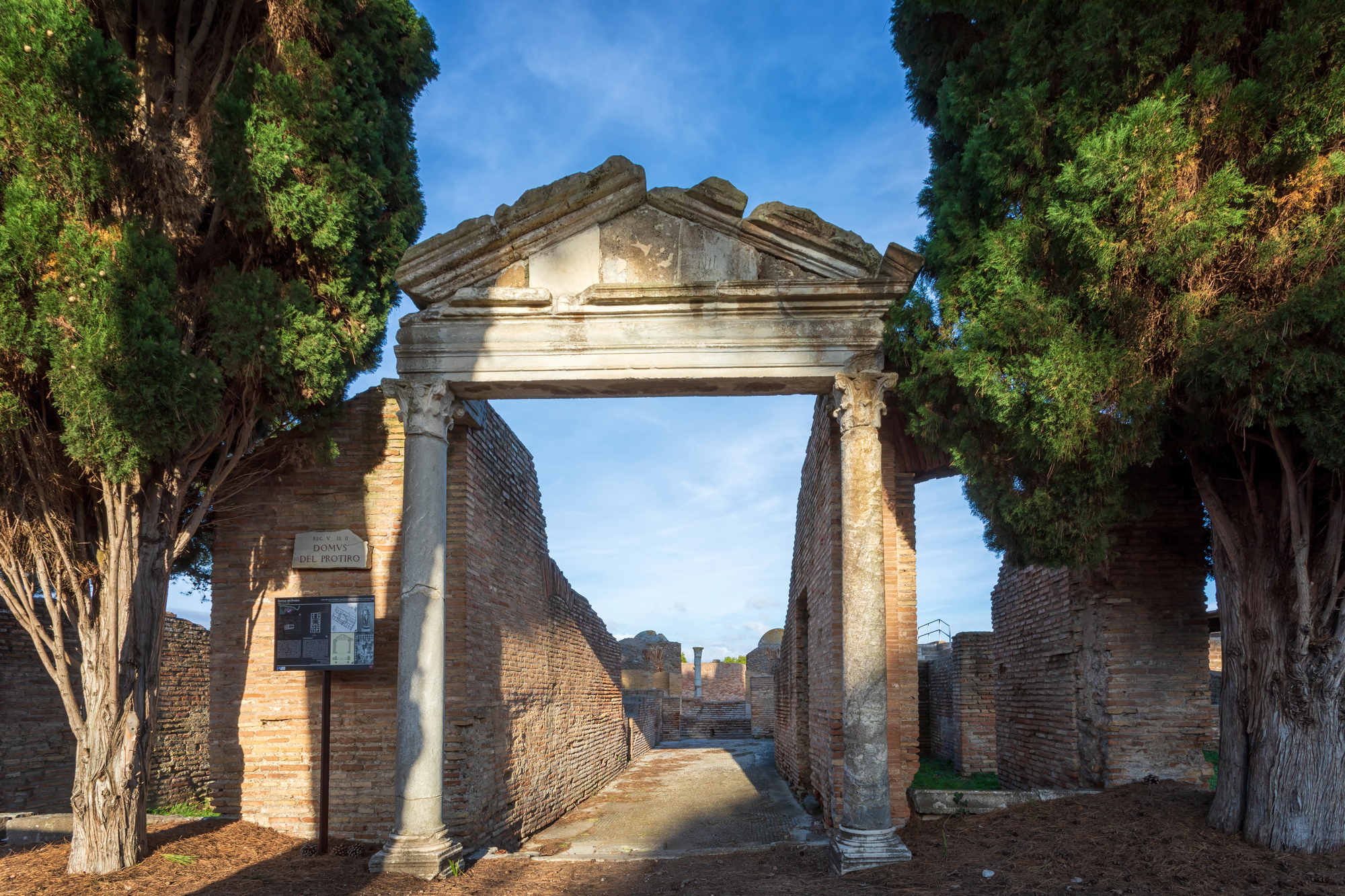
Athens holds a clear advantage for travelers seeking to combine cultural exploration with beach time. The Apollo Coast begins just 7 miles from downtown, offering swimming spots reached by tram or bus within 30 minutes.
Rome requires a more dedicated excursion to reach the Mediterranean, with Ostia Antica’s archaeological park and beach lying about 20 miles west of the city center – a worthy day trip but not a quick afternoon swim.
Architectural Styles
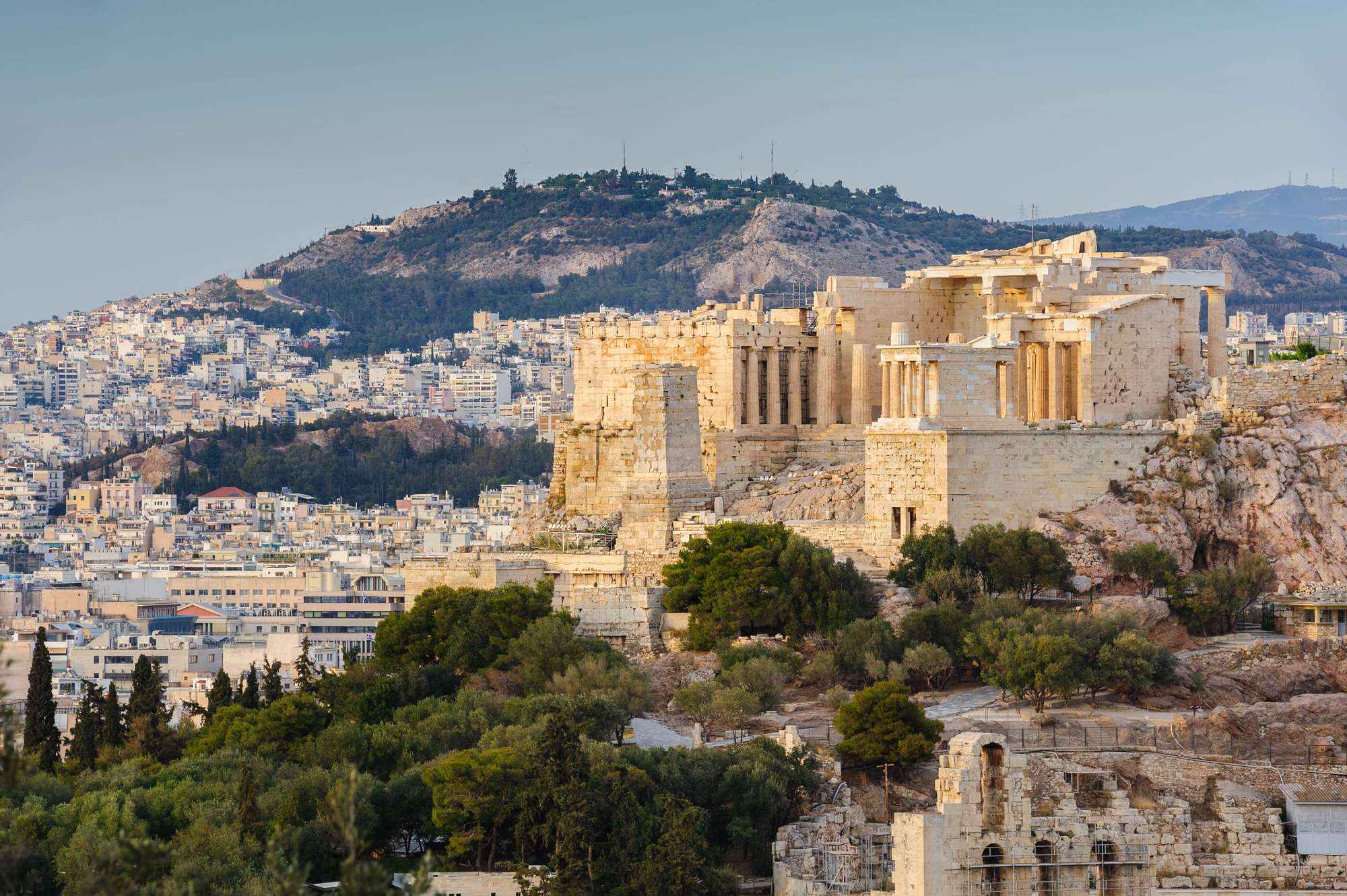
Athens showcases primarily classical Greek architecture with its emphasis on external colonnades, perfect proportions, and harmonious design principles evident in structures like the Parthenon. The city’s visual identity remains firmly rooted in this cohesive ancient aesthetic.
Rome displays a greater architectural timeline spanning Republican simplicity, Imperial grandeur, Byzantine influences, Renaissance innovation, Baroque exuberance, and fascist-era monumentalism – creating a more visually diverse cityscape spanning two millennia.
Modern Vibe
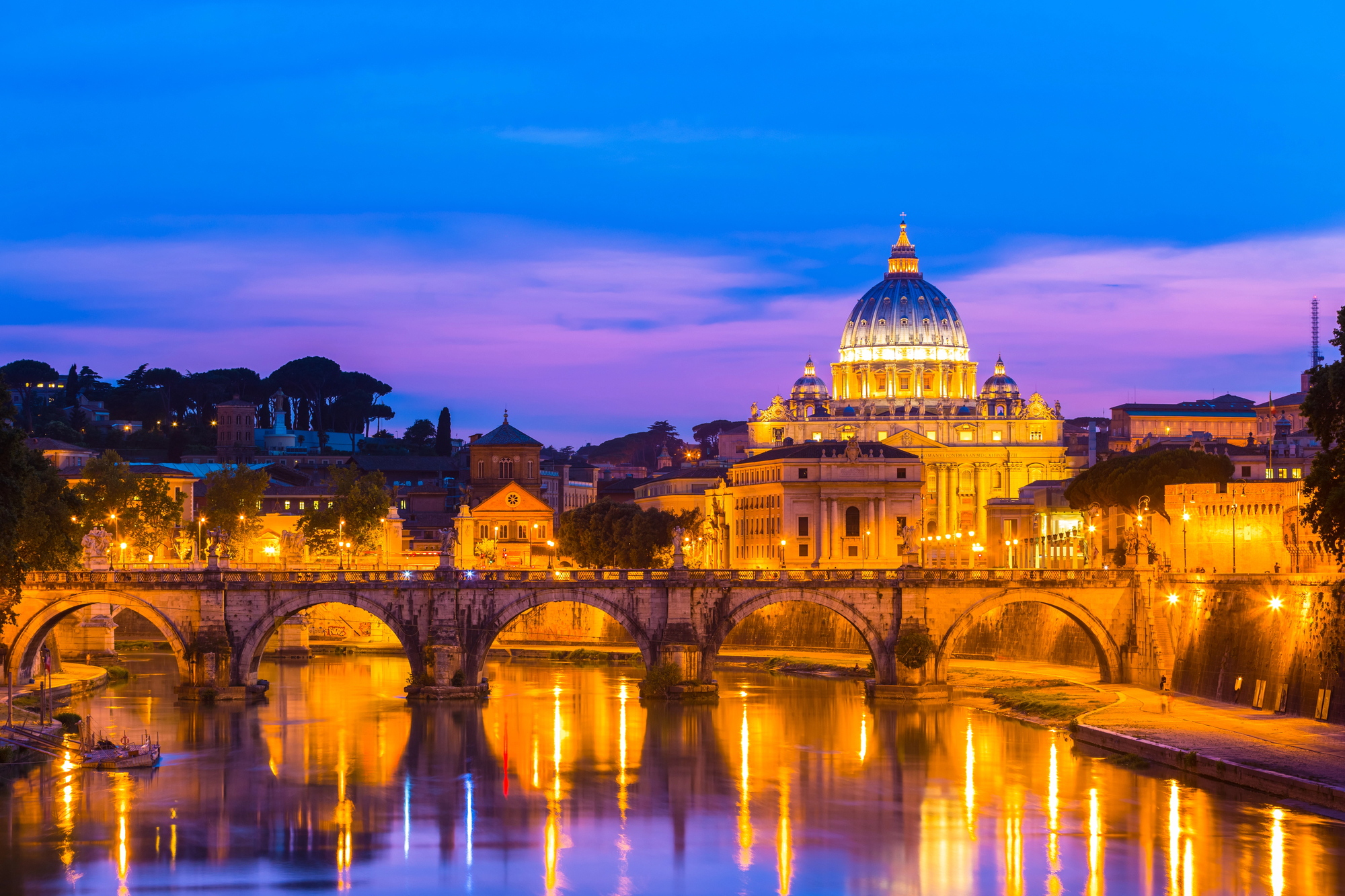
Athens pulses with creative energy born from economic challenges that sparked artistic expression and entrepreneurial spirit. Neighborhoods like Exarchia and Psiri showcase vibrant street art, pop-up galleries, and innovative dining scenes fueled by younger generations reclaiming urban spaces.
Rome maintains a more established personality, balancing reverence for tradition with contemporary Italian flair, where centuries-old customs coexist with modern design in a city less defined by recent reinvention.
Like Travel Pug’s content? Follow us on MSN.
Crowd Levels
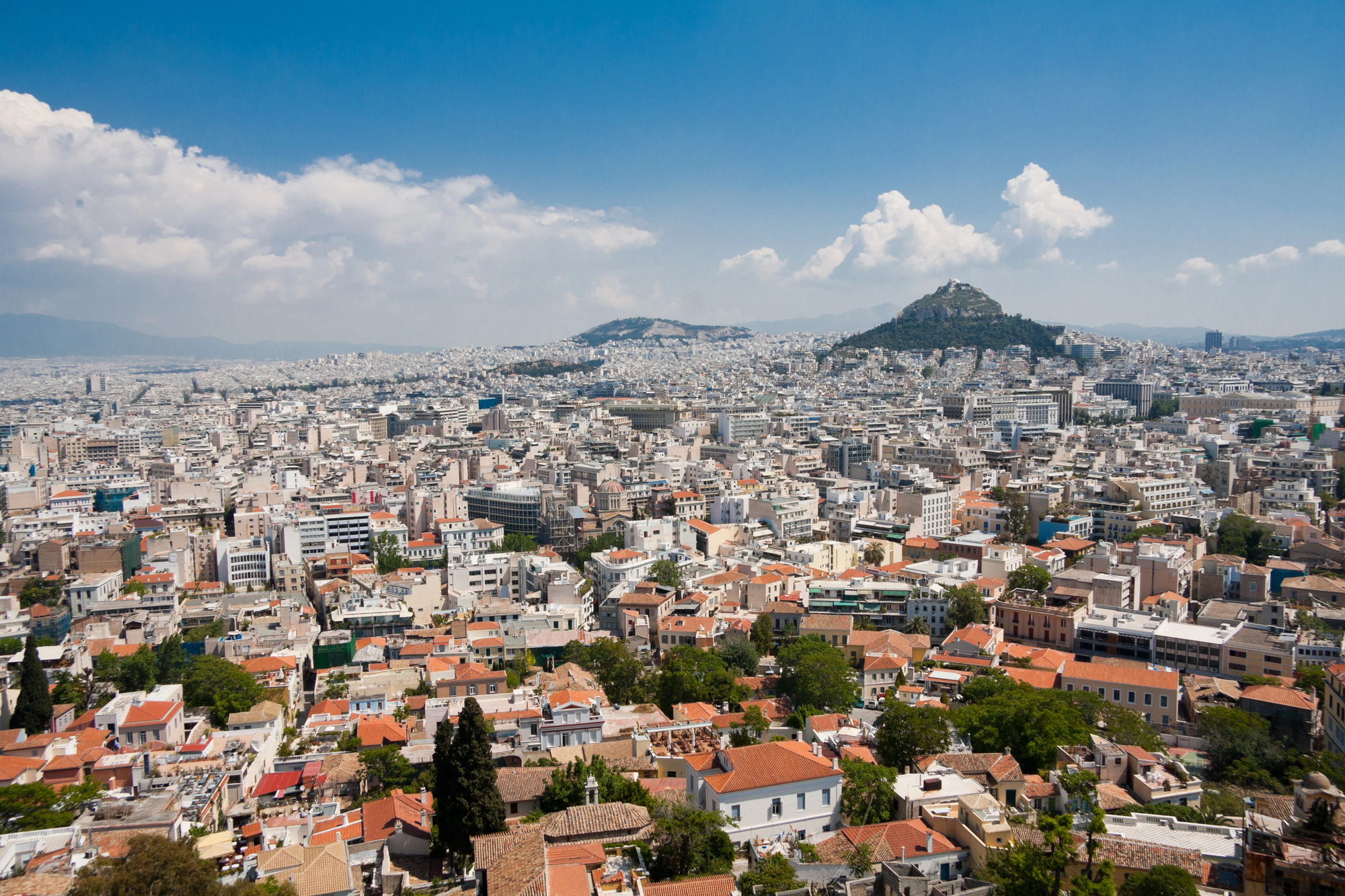
Athens attracts significant tourism but experiences noticeably lower visitor density than its Italian counterpart throughout the year. Even during peak season, travelers can find breathing room at major sites and rarely need to book restaurants far in advance.
Rome faces overtourism challenges with mandatory reservations for many attractions and shoulder seasons becoming increasingly busy, requiring strategic planning to avoid spending vacation time in entrance queues.
Museum Experience
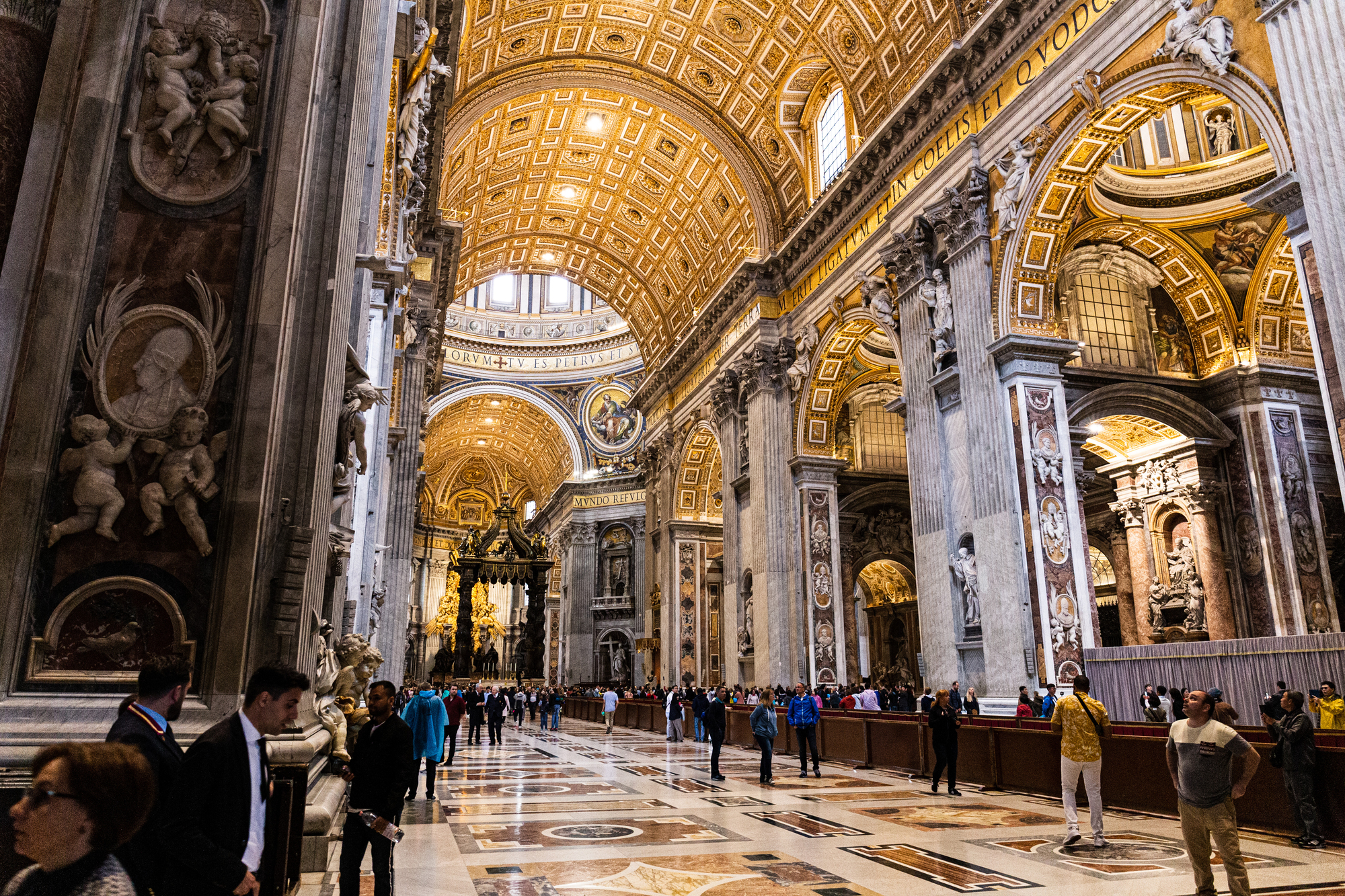
Athens concentrates its archaeological treasures in the outstanding Acropolis Museum, where soaring glass walls create a dialogue between ancient artifacts and the Parthenon visible on the hill above. The collection focuses deeply on Athenian history with an unparalleled presentation of classical sculpture.
Rome distributes artistic wealth across numerous world-class institutions, including the Vatican Museums, Capitoline Museums, and Galleria Borghese, offering greater variety but requiring dedicated museum days to appreciate fully.
Religious History
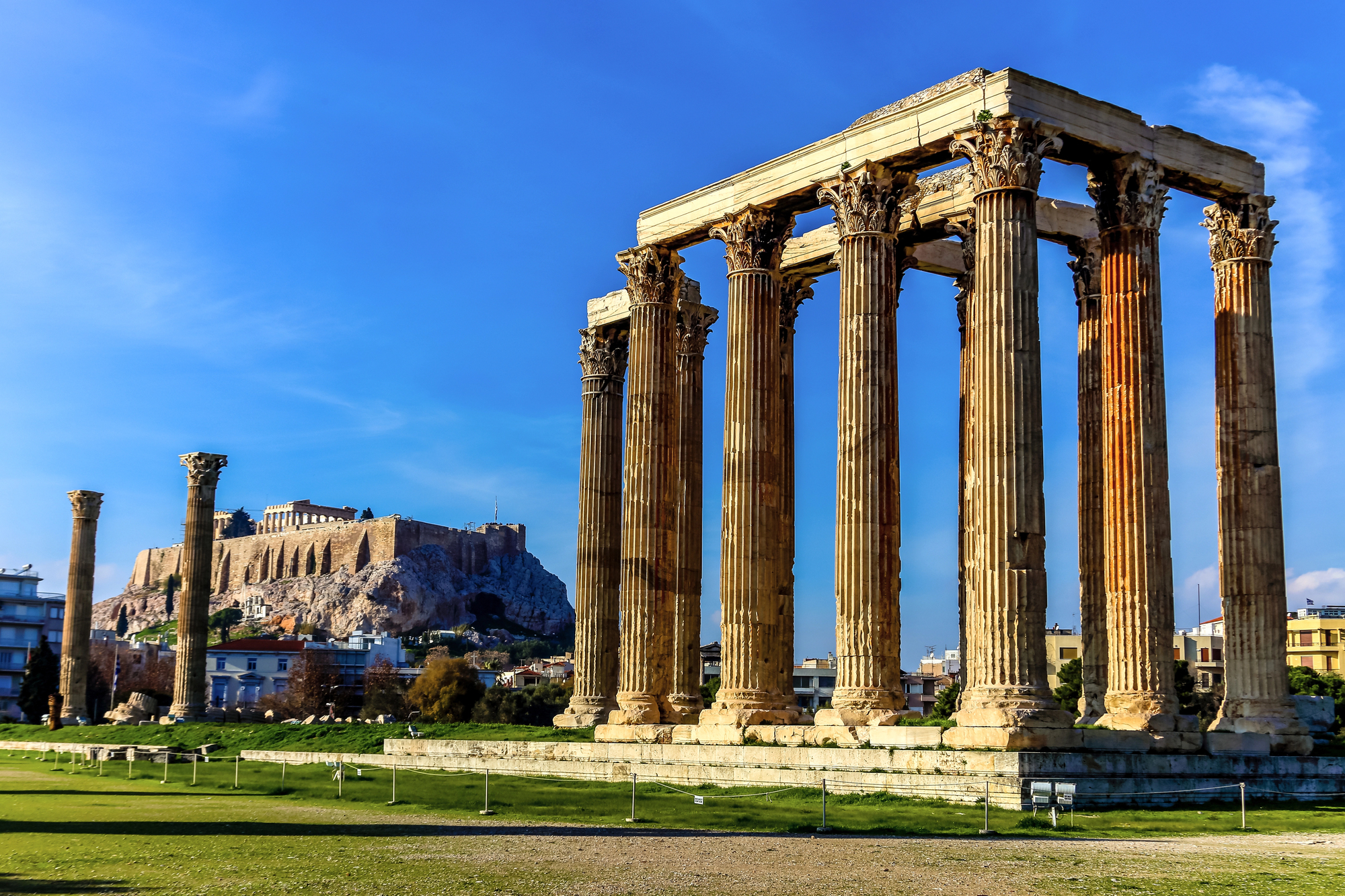
Athens represents the birthplace of classical mythology with sites like the Temple of Zeus and Acropolis serving as former religious centers now experienced primarily as archaeological attractions. The city’s connection to Orthodox Christianity appears in Byzantine churches scattered throughout older neighborhoods.
Rome emerged as Christianity’s power center, with Vatican City serving as the faith’s spiritual headquarters, offering travelers access to a religious history spanning pre-Christian temples through early church development to Renaissance papal magnificence.
Like Travel Pug’s content? Follow us on MSN.
Daily Rhythm
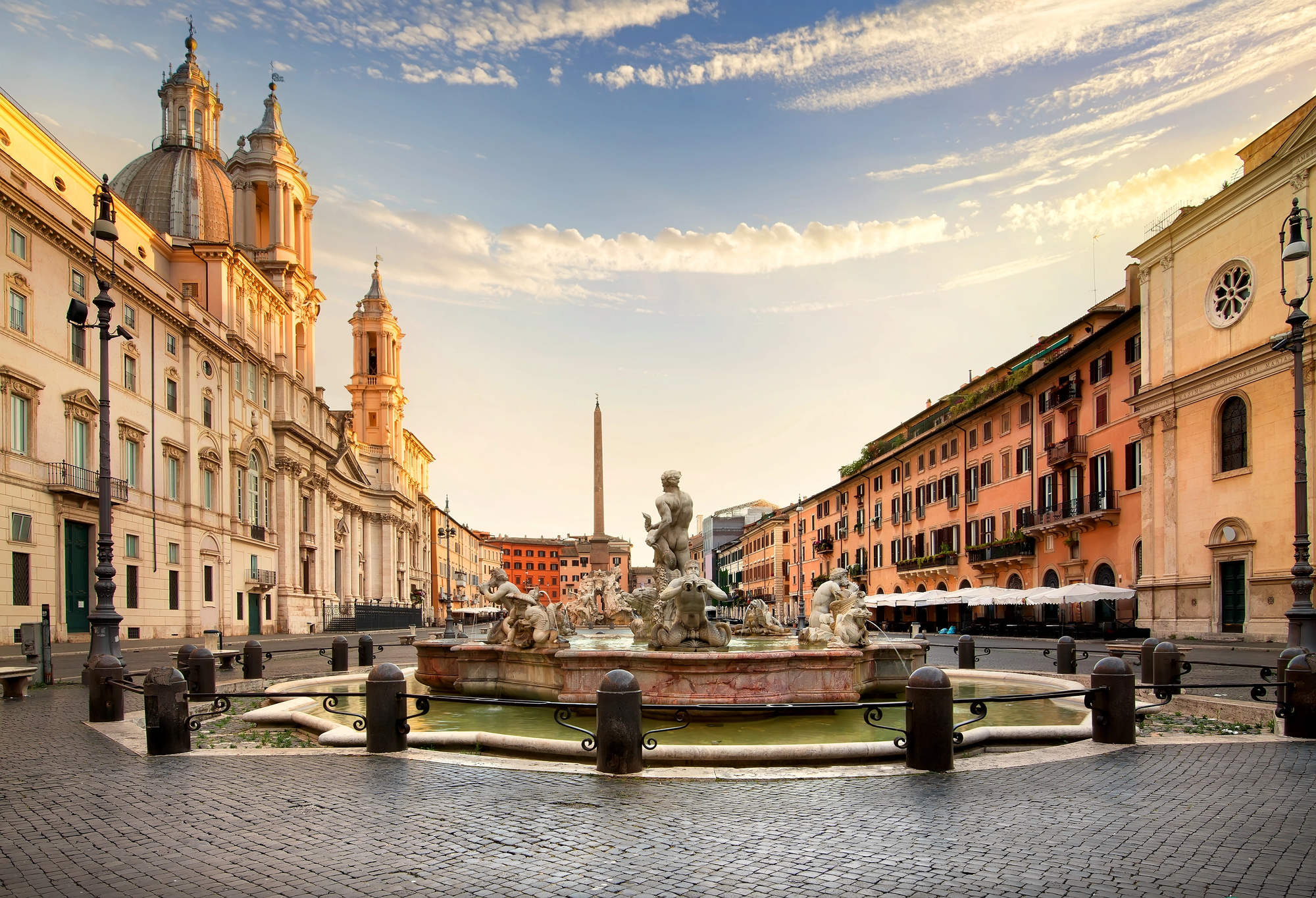
Athens embraces Mediterranean timing with later meals, afternoon breaks, and evenings that stretch into early morning hours across all age groups. Commercial activity pauses at midday but compensates with shops and restaurants remaining lively until midnight.
Rome follows similar patterns but with more structured timing – lunchtime remains a serious affair with specific hours, the evening passeggiata ritual marks transition time, and nightlife concentrates in designated districts rather than city-wide.
Public Spaces
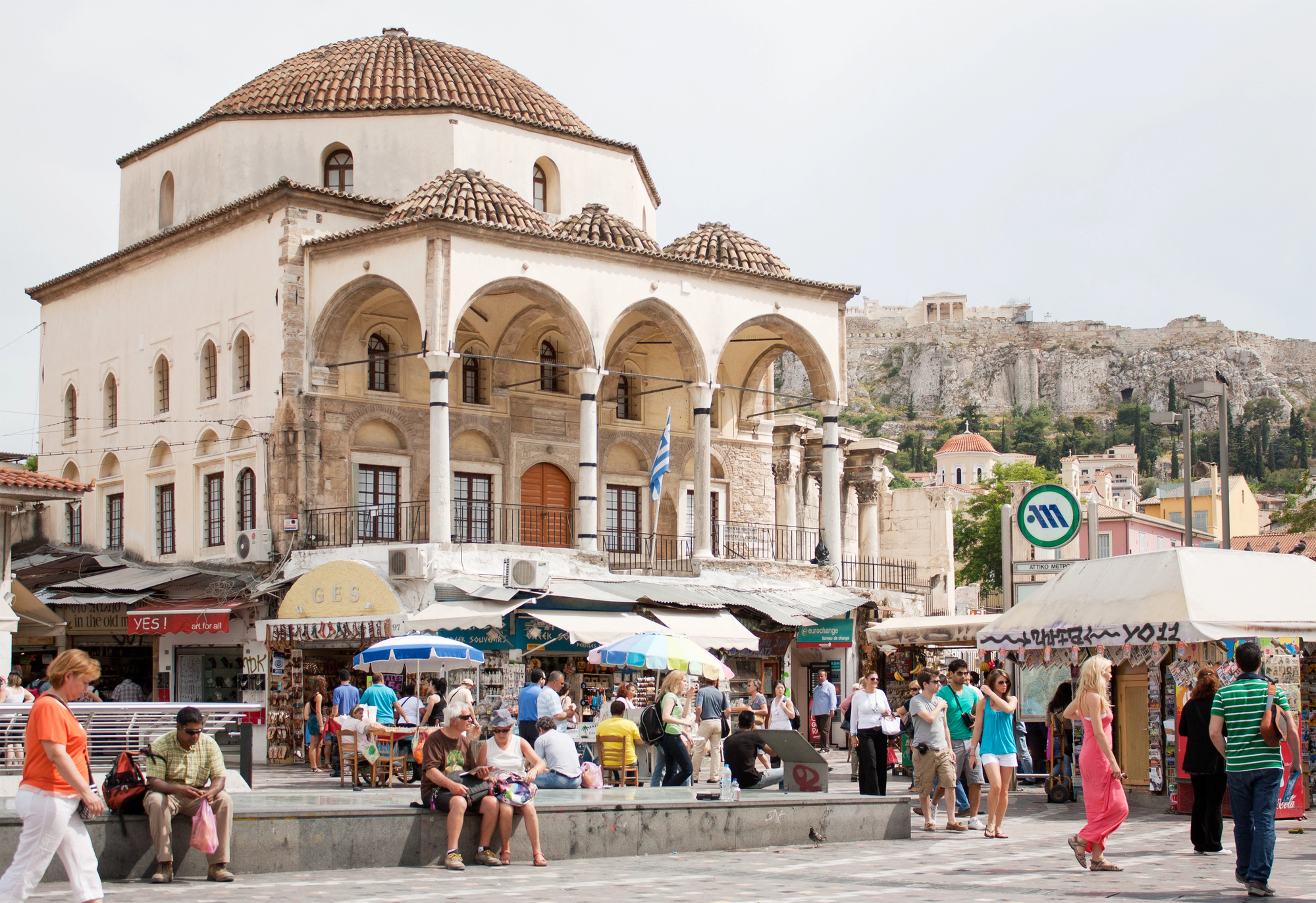
Athens transformed for the 2004 Olympics with significant infrastructure improvements creating pedestrian zones connecting ancient sites with vibrant public squares like Monastiraki and Syntagma. The central Archaeological Park forms an urban green belt where ancient ruins integrate into daily life.
Rome built its identity around spectacular public spaces from ancient days, with monumental piazzas like Navona and Campo de’ Fiori serving as outdoor living rooms surrounded by cafes where locals and visitors mingle throughout the day.
Cultural Priorities
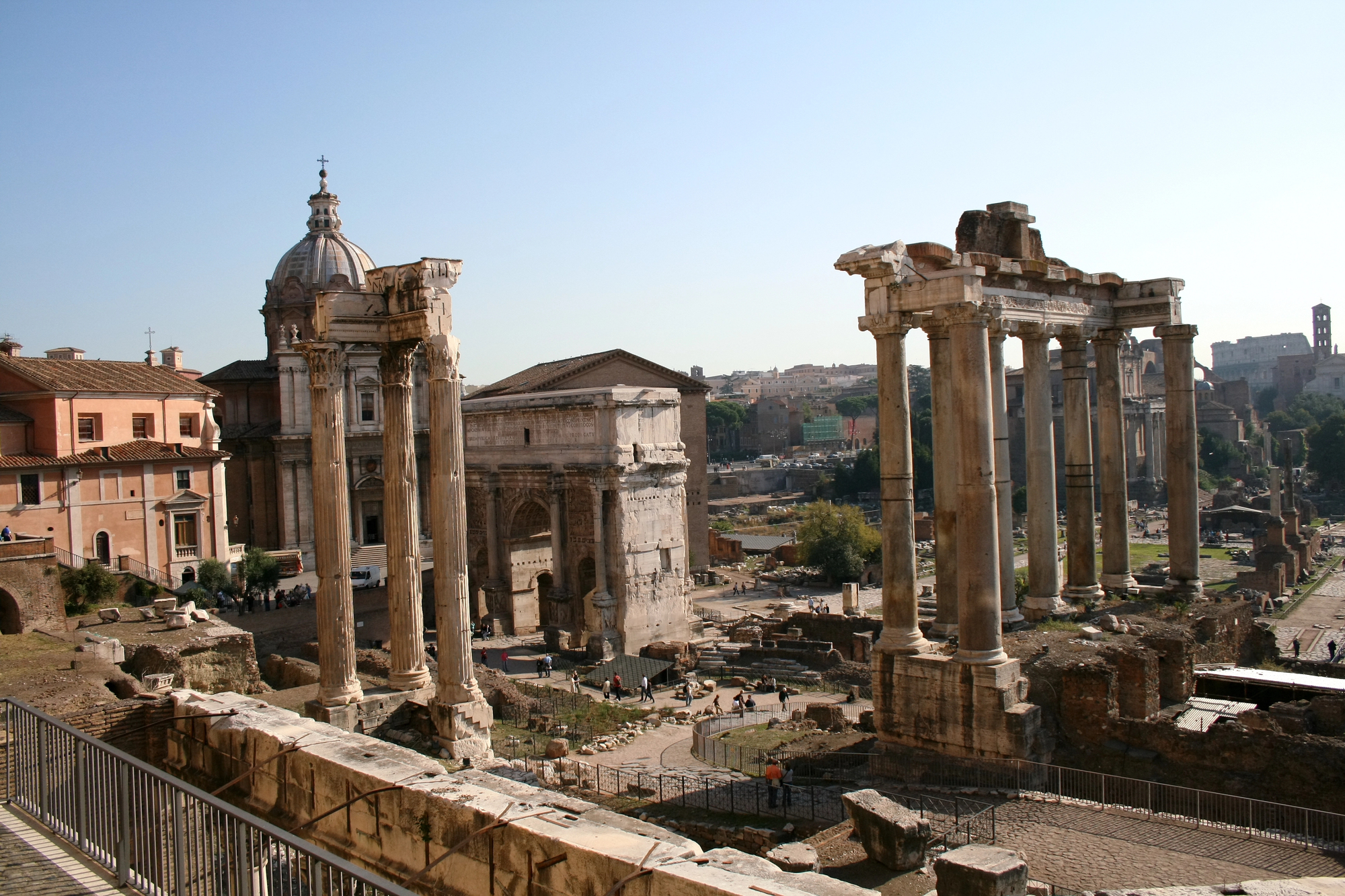
Athens proudly showcases its role as democracy’s birthplace and philosophical center, with ancient sites of political assembly and spots where Socrates taught remaining central to the city’s identity. The city emphasizes intellectual contributions alongside architectural achievements.
Rome highlights engineering brilliance and administrative power through massive structures demonstrating practical dominance – aqueducts, baths, and arenas that showcase how Romans shaped their world through technical prowess harnessed for civic function.
Like Travel Pug’s content? Follow us on MSN.
Transportation Options
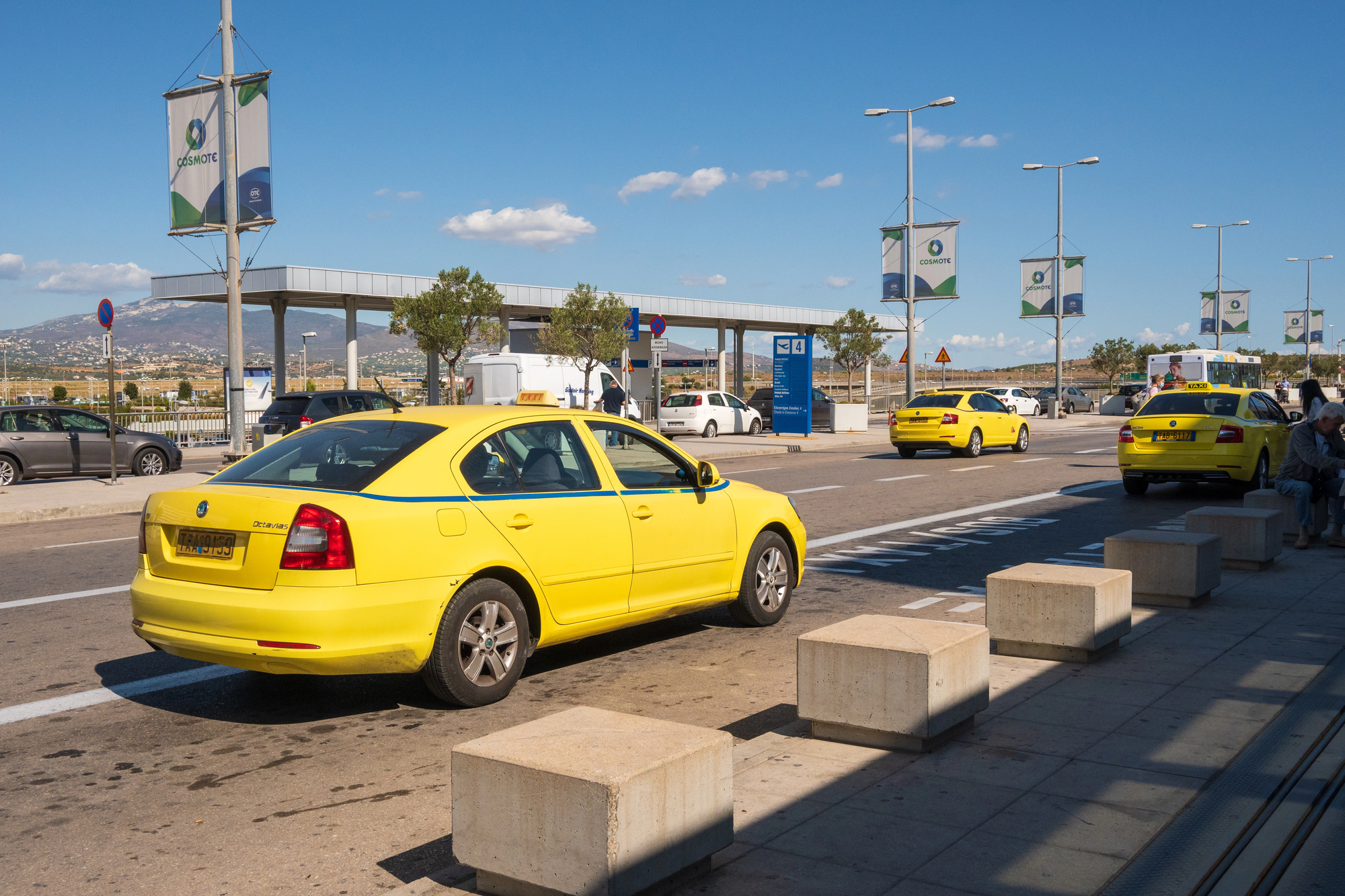
Athens offers a clean, modern metro system built for the Olympics, with stations doubling as archaeological museums displaying artifacts uncovered during construction. The compact central area means visitors can walk between major sites complemented by affordable public transit.
Rome’s public transportation network covers its larger footprint but faces reliability challenges and crowding issues, leading many visitors to rely on taxis or rideshares despite higher costs and traffic constraints.
Day Trip Potential
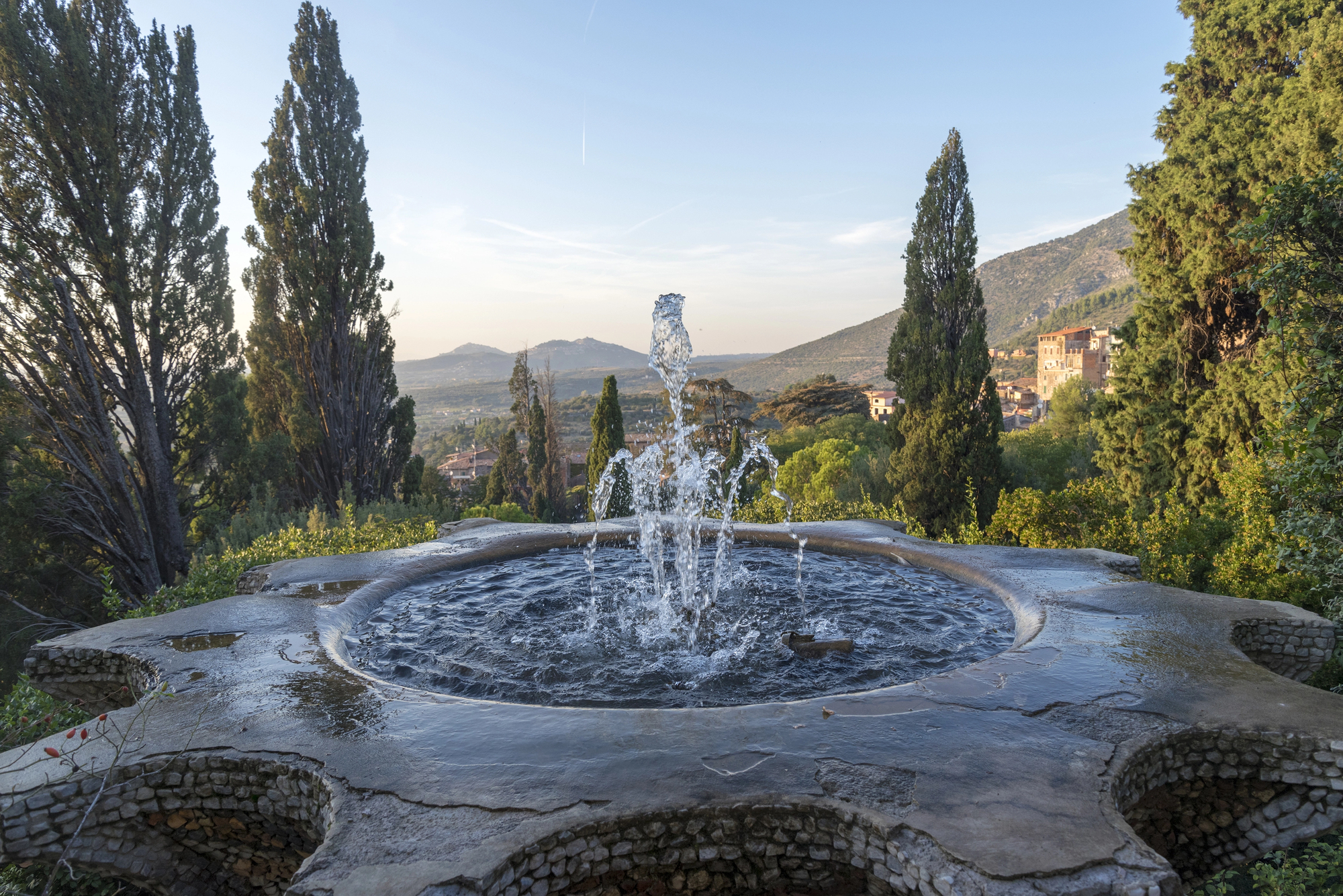
Athens provides spectacular excursions within easy reach, including the Temple of Poseidon at Cape Sounion, where cliffside ruins create perfect sunset silhouettes over the Aegean Sea just 42 miles from downtown. The ancient religious center of Delphi nestles among mountain scenery less than three hours away.
Rome serves as a gateway to umbrella pines and Renaissance villas in Tivoli, perfectly preserved Pompeii in the shadow of Vesuvius, and Etruscan tombs in Tuscany’s countryside – offering greater variety but requiring more travel time.
Budget Considerations
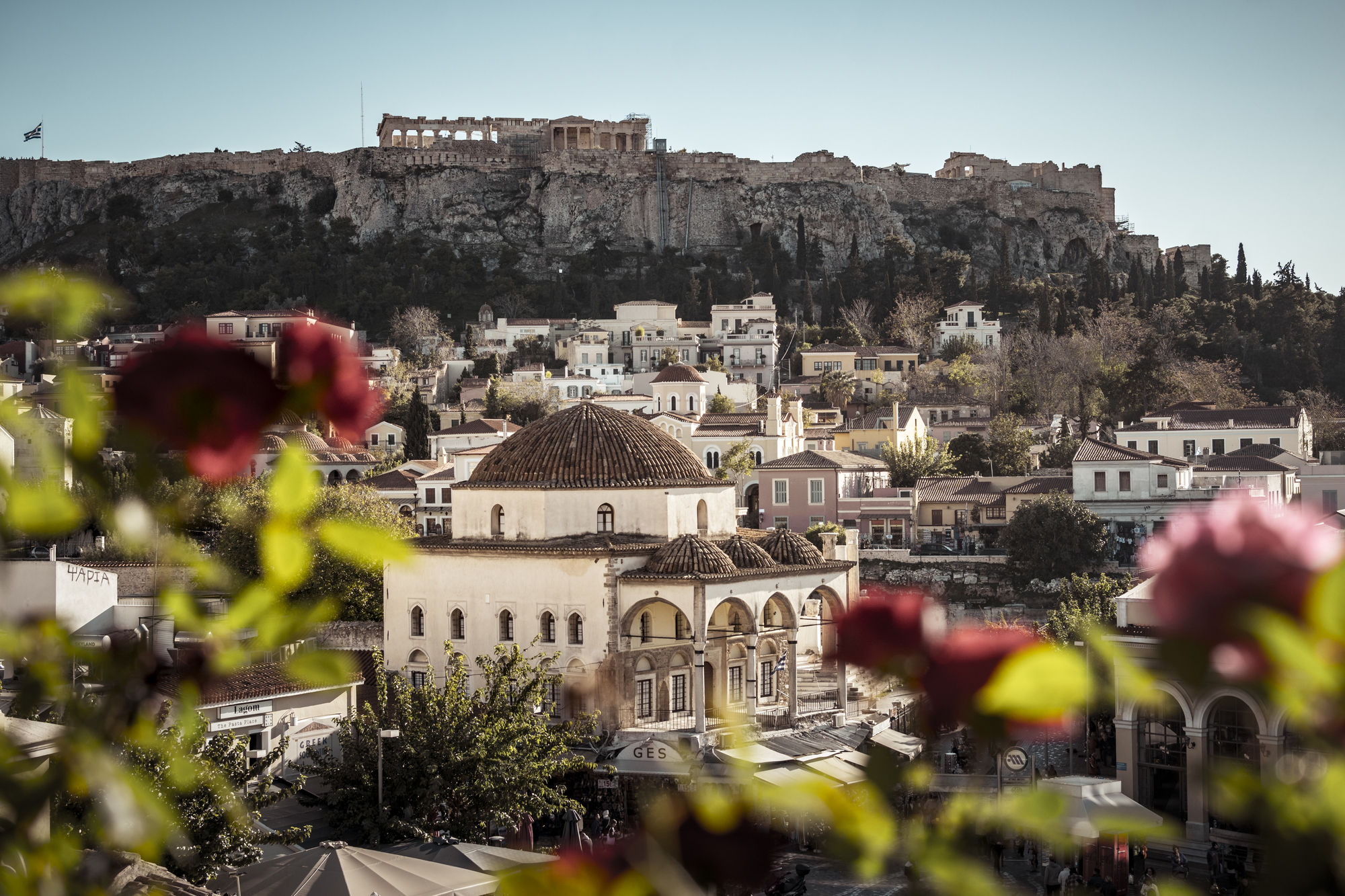
Athens consistently delivers better value across accommodation, dining, and activities with average daily costs approximately 30% lower than Rome. Mid-range hotel rooms, quality restaurant meals, and attraction entrance fees require fewer euros while delivering comparable Mediterranean quality.
Rome commands premium pricing for similar experiences, with accommodation particularly expensive near central attractions and restaurant pricing elevated in tourist-heavy districts.
Like Travel Pug’s content? Follow us on MSN.
Ancient Legacies, Modern Choices
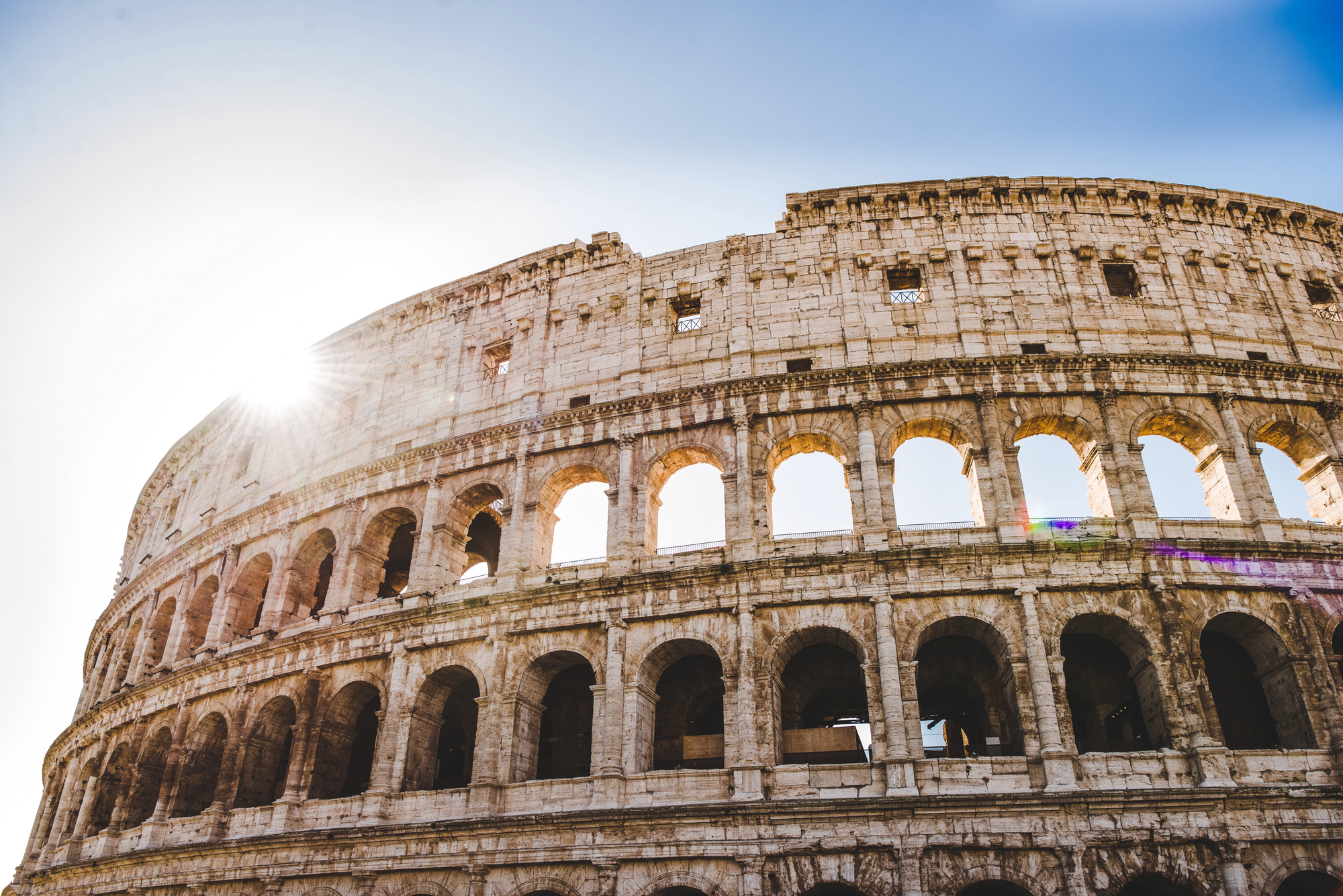
These Mediterranean capitals offer different paths through antiquity and into contemporary culture. Athens provides concentrated historical immersion, coastal proximity, creative energy, and better value in a city reinventing itself.
Rome delivers monumental grandeur, artistic treasures, religious significance, and culinary tradition through a more expansive urban experience. The choice ultimately depends on which ancient legacy speaks more directly to your travel spirit – the philosophical birthplace of democracy or the engineering powerhouse that administered an empire.
More from Travel Pug

- Cities Growing so Fast You Won’t Recognize Them in 10 Years
- 13 Destinations Where Tourists Regularly Regret Their Trip
- 16 U.S. Cities That Are Quietly Becoming Travel Hotspots
- Where to Travel If You Love Long Bus Rides and Daydreams
- 20 Cities Perfect for Solo Travelers Who Crave Adventure & Culture
Like Travel Pug’s content? Follow us on MSN.
